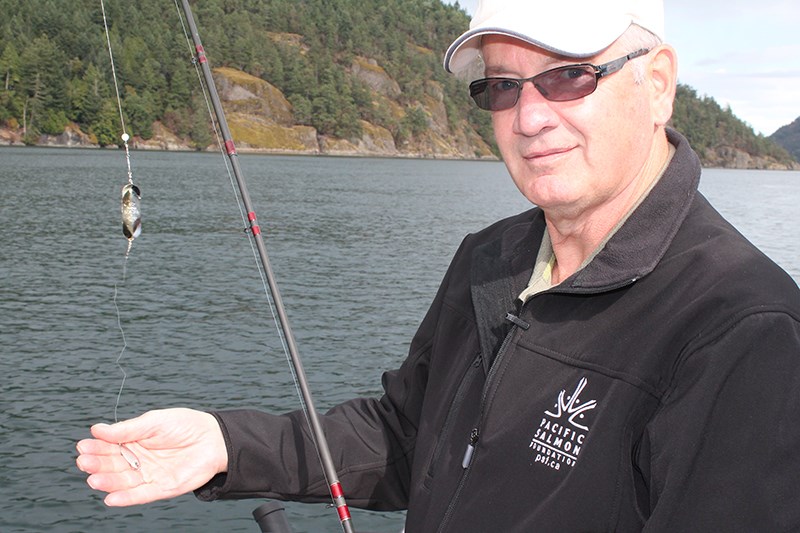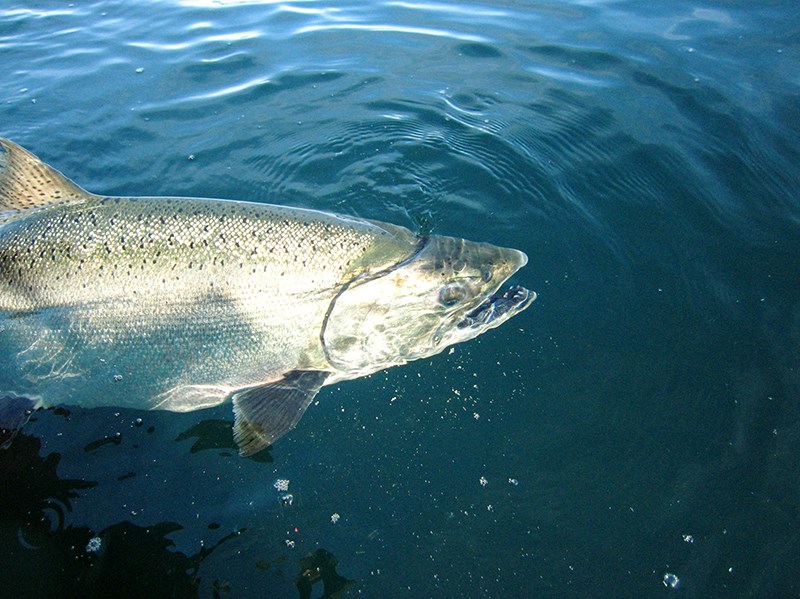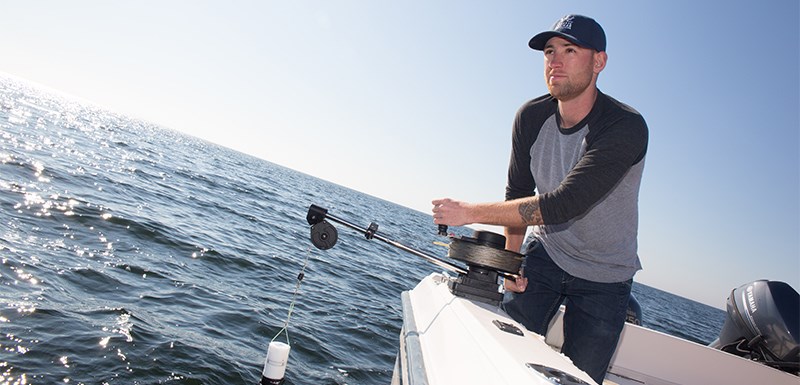Saving Our Salmon/SOS: Part 1 of a seven part series on Tri-City salmon hatchery operations and research efforts to protect B.C. salmon.
Today: The Pacific Salmon Foundation and the Salish Sea Marine Survival Project.
Questions about what’s killing Fraser River salmon have prompted a $10-million, five-year international study that could provide some key answers and change the way fish stocks, fish farms and hatcheries are managed.
Pacific Salmon Foundation (PSF) which supports hatcheries — including five in the Tri-Cities — with small grants from money raised from salmon conservation stamps is in year two of the Salish Sea Marine Survival Project, which is looking at a number of factors that could be affecting survival rates of Pacific chinook and coho salmon and American steelhead.
The issue is important to Tri-City residents, who see salmon making their way back to the Coquitlam River and Port Coquitlam and Port Moody creeks each fall as well as to the hundreds of volunteers who work so hard maintaining local fish hatcheries and education programs.

Many problems for fish have been identified, from over-fishing and poor management in the 1980s and 1990s to warmer oceans, decreased food sources, predation by seals, impacts of open-net salmon farming, reduced habitat and even concerns that hatchery-raised fish are out-competing wild salmon for food.
“The decline is very real and it was very sudden, beginning in the 1990s,” said Brian Riddell, president and CEO of PSF, an independent, non-government organization.
Forty years ago, when the federal government established the Salmonid Enhancement Program to raise hatchery fish to supplement a declining wild population, early returns of hatchery-raised fish suggested the program was a success.
There were plenty of fish in the mid-1980s, said Riddell, but today several species of Fraser River salmon are in decline, and hatchery-raised salmon are also returning in fewer numbers even though they get a better start on life than wild salmon because they are fed regularly and protected from predators early in their lives.
“We’ve gone from a survival rate of 15%, in which 100 smolts released into the Strait of Georgia accounted for 15 adults returning, to maybe two or three hatchery-raised fish are returning for every 100 released.”
His concerns are mirrored by Fisheries and Oceans Canada, which in its 2016 outlook predicted fewer salmon would return to southern B.C. waters, although a recent email stated the fish are just starting to come back, so it’s too soon to tell for chum, pink chinook and coho.
Then there were the record low returns of Fraser River sockeye, which slammed shut all recreational, commercial and native fisheries this past summer. To get to the bottom of what’s causing fewer salmon to return to the Fraser River watershed, the Salish Sea Marine Survival Project is looking at a number of issues, employing 150 scientists and 40 organizations in 30 projects.
“For lots of years, people were wondering what happened and what can we do. But it was such as an extreme decline, nobody expected it to last. But it has. Now we want to know what has caused such a change,” Riddell said.
In one project, scientists are studying the food juvenile salmon eat, such as zooplankton, and whether ocean survival can be predicted based on the the timing of spring blooms; in another, researchers are planting eelgrass for refuge and food for juvenile chinook. Researchers are looking at what eats salmon and steelhead, competition between hatchery and wild fish, harmful algae and aquaculture impacts.

Critical to the study will be the tracking of juvenile salmon that will be fitted with acoustic tags that will emit sounds to receivers installed in the ocean to find out where the fish go and what happens to them.
“We’ll look at the rate of movement of salmon going through channels as they go to migrate through Johnstone Strait and look at survival of fish to top of Johnstone Strait,” Riddell said.
He said the $10-million study — with a $2-million federal contribution as well as funds raised from a contribution from the Pacific Salmon Commission, which manages the treaty between Canada and the U.S., and local fundraising — will shed light on what is killing chinook and coho salmon, and steelhead with the goal of improving management plans and, hopefully, result in stronger returns.
But while it will take years to amass the information from the study and make changes, Riddell encourages hatchery volunteers to continue with their efforts because people have to care about fish to do anything to improve their survival.
“The real value of local hatcheries is to maintain a network of small streams on the coast, I think they are also really important for educational values in maintaining better public awareness of the importance of salmon.”
WHAT’S NEXT?
Part 2: On Wednesday, Oct. 12, 40 years of educating children about salmon and the environment at Mossom Creek hatchery.
Pacific Salmon Foundation Video: One of the research projects for the Salish Sea Marine Survival Project explained.



